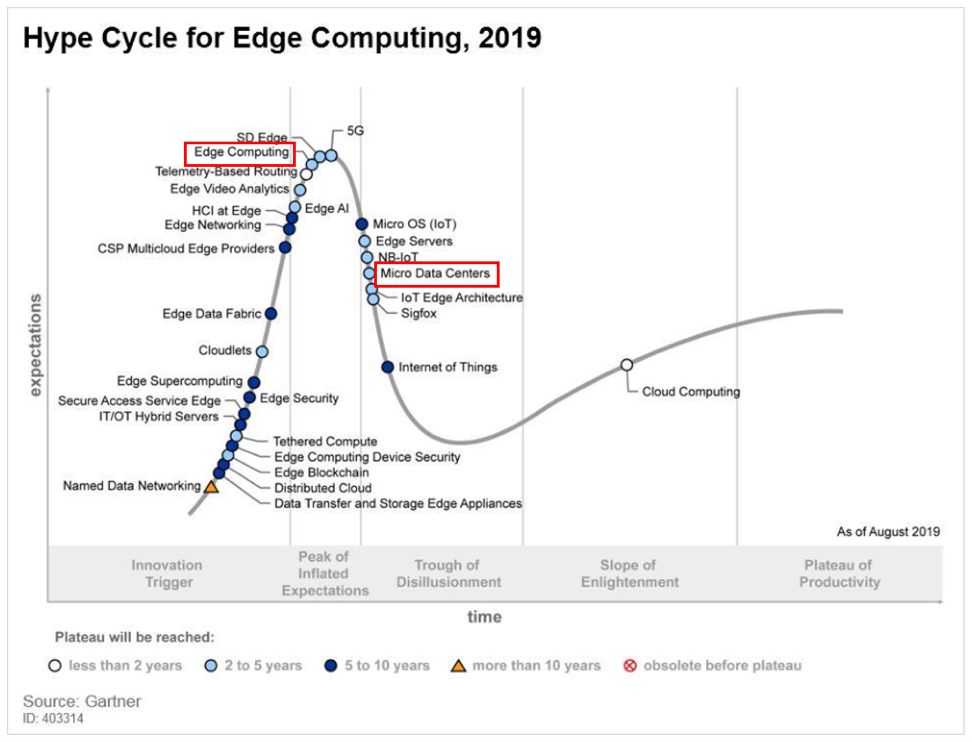The Advent of Distributed Cloud

The next generation of cloud has arrived. Distributed cloud describes geographically dispersed infrastructure where the physical location of users, services and overall performance is optimized, and services are primarily run at the network edge.
Distributed cloud extends the benefits of hybrid cloud by reducing latency, network congestion and improving user experience.
To understand the concept of distributed cloud, it’s important to first understand the evolution of clouds. Read more about them in our previous blog post.
Planning for the Future
Gartner believes that by 2024 most cloud service platforms will provide at least some distributed cloud services that execute at the point of need.
Users benefit through reduced backhaul costs as well as minimising excessive public cloud data charges. Keeping data local also helps to accommodate sovereignty laws which dictate that data must remain in a specific geography.
The public cloud providers already fit a distributed cloud definition. Most large cloud service providers, including Microsoft Azure, Google and AWS, have a global footprint with geographically dispersed availability zones. They all have edge solutions available and call their PoPs their ‘0edge locations’. However, these major cloud providers are running their services primarily in centralised data centres instead of devices at the network edge.

Architecting Distributed Cloud within Edge Data Centres
Gartner mentioned this new cloud model in its Top 10 Strategic Technology Trends for 2020 report. They explained that distributed cloud is different from existing cloud architectures because it depends upon extending services to edge devices and customer data centres.
This new approach instead proliferates services usually available from a central cloud data centre at the edge. The report acknowledged that some edge services may not yet be capable of this.
“Another edge factor that will influence the distribution of public cloud services will be the capabilities of the edge, near-edge, and far-edge platforms that may not need or cannot run a like-for-like service that mirrors what is found in the centralized cloud.”
Another differentiating element of a distributed cloud is what the provider must do to have their solution considered distributed. “At a minimum, the cloud provider must design, architect, distribute, manage, and update these services if they are to be viewed as part of the distributed cloud spectrum,” says Gartner.
Gartner’s definition suggests that the provider should be responsible for a distributed cloud’s management and yet the report concedes that this is currently unrealistic. Gartner predicts multiple offerings will develop as this form of cloud evolves, similar to the software-, infrastructure-, and platform-as-a-service models.
Three Operational Models for Distributed Cloud
When designing your distributed cloud model, there are a number of options to consider:
- Software business model is where the end-user owns and operates the hardware platform and software layer with a subset of the providers’ cloud services. The end-user is in charge of the operations, maintenance, or updates to the software and hardware. An MSP could handle these responsibilities and the infrastructure could live in a public edge data centre or on-premises. This model is starting to evidence itself in Australia with the MNOs deploying edge compute to support 5G rollouts.
-
Portability layer model has the end-user responsible for the hardware platform and the service provider responsible for the software overlay.
-
A distributed service model involves a provider delivering integrated cloud services as a combination of hardware and software. The provider would be in charge of managing and updating the hardware and software. Essentially, the distributed service approach is similar to a software-as-a-service (SaaS) option.
What’s Next?
Adoption will grow as edge computing and decentralisation become more common to support technologies like 5G, AI and IoT. Cloud networking advances like SD-WAN and Secure Access Service Edge (SASE) will support and drive this.
In practical terms, distributed cloud could evolve in two distinct phases. The first will consist of quasi-hybrid solutions, where larger customers will deploy private/single-tenant public cloud ‘substations’ on-premises to emulate hybrid cloud and avoid latency problems.
The second will occur because these customers will not open their tenancies up to other customers but as they increase in numbers, and local, regional data centres become available, the public cloud providers will be able to aggregate them and deliver economies of scale, better service levels and a homogenous control plane.









